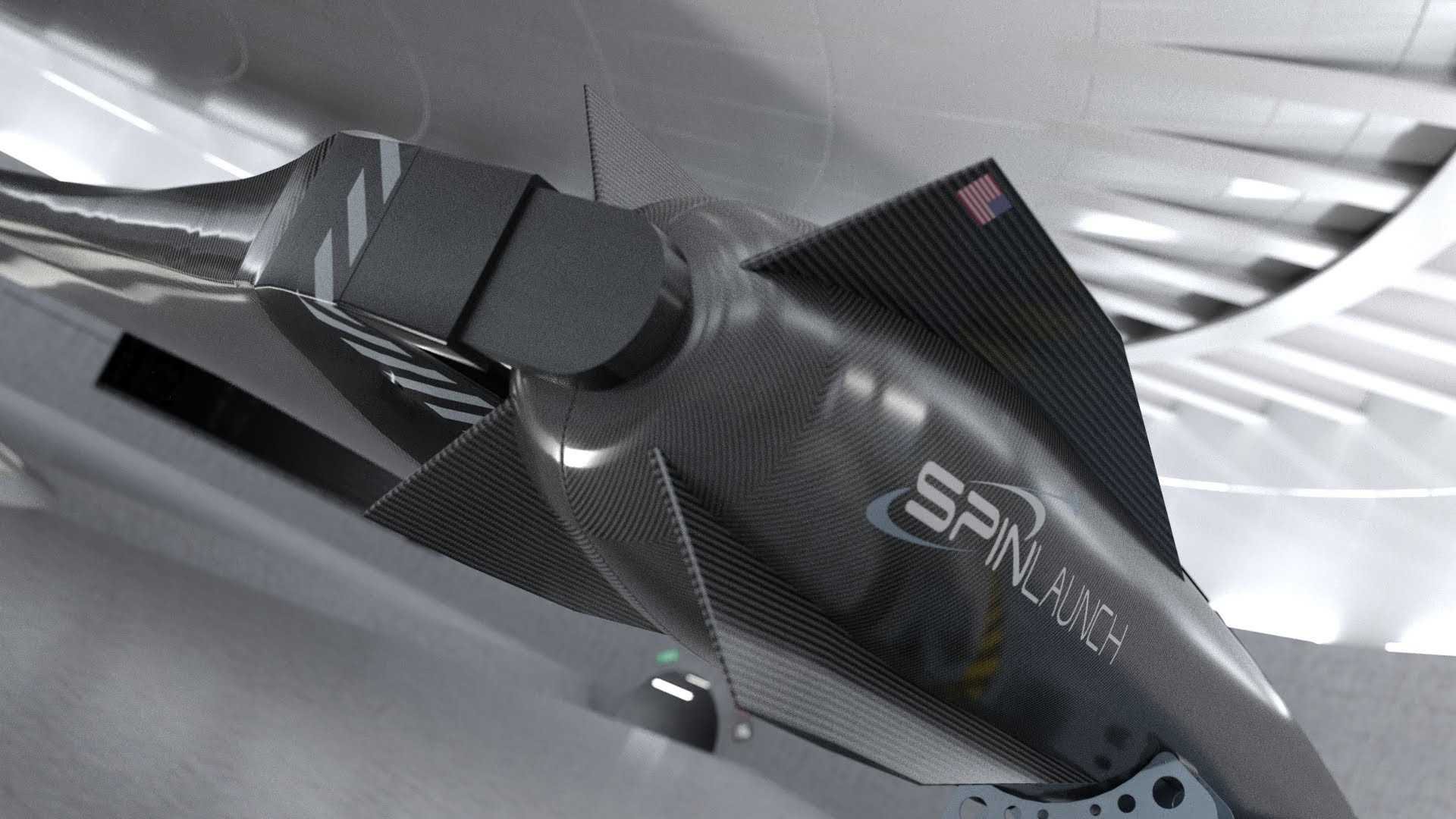Winston
Lorenzo von Matterhorn
- Joined
- Jan 31, 2009
- Messages
- 9,560
- Reaction score
- 1,749
https://www.spinlaunch.com/
June 19, 2019
LONG BEACH, Calif.--Jonathan Yaney, founder and CEO of SpinLaunch, has announced that the company has been awarded a responsive launch prototype contract from the Department of Defense (DOD), facilitated by the Defense Innovation Unit (DIU).
How is Spinlaunch different from existing launch capabilities?
SpinLaunch is the only proposed launch system to employ ground-based kinetic energy in a secure structure to launch its payloads without rockets. Since the beginning of the space program, ground-based non-rocket launch systems, such as rail guns and ram accelerators have been proposed to achieve this goal, however all have employed unproven technologies with cost-prohibitive initial capital investment. This is how SpinLaunch is different.
What is SpinLaunch’s approach to cutting the costs?
SpinLaunch utilizes existing technology and components from oil/gas/mining and wind turbine industries to construct an innovative mass acceleration system, which achieves very high launch speeds without the need for enormous power generation or massive infrastructure. After ascending above the atmosphere, a relatively small, low-cost onboard rocket will be used to provide the final required velocity for orbital insertion. Because the majority of the energy required to reach orbit is sourced from ground-based electricity, as opposed to complex onboard rocket propulsion, total launch cost is reduced by an order of magnitude over existing launch systems. Due to its unique technology, SpinLaunch is able to offer readily-available, low cost, dedicated launches at high frequencies. SpinLaunch is working to provide up to five launches per day at a price of $250,000 / launch.
Has SpinLaunch received financial support?
In April 2018, Spinlaunch announced that it had raised $40M in initial seed funding from prominent Silicon Valley venture capital companies: Airbus Ventures, GV (Alphabet), and Kleiner Perkins, as well as institutional investors Lauder Partners, ATW Partners, Bolt, Starlight Ventures, Neotribe and Catapult Ventures. Funds will be used to scale the SpinLaunch team and technology through first launch by 2022.

June 19, 2019
LONG BEACH, Calif.--Jonathan Yaney, founder and CEO of SpinLaunch, has announced that the company has been awarded a responsive launch prototype contract from the Department of Defense (DOD), facilitated by the Defense Innovation Unit (DIU).
How is Spinlaunch different from existing launch capabilities?
SpinLaunch is the only proposed launch system to employ ground-based kinetic energy in a secure structure to launch its payloads without rockets. Since the beginning of the space program, ground-based non-rocket launch systems, such as rail guns and ram accelerators have been proposed to achieve this goal, however all have employed unproven technologies with cost-prohibitive initial capital investment. This is how SpinLaunch is different.
What is SpinLaunch’s approach to cutting the costs?
SpinLaunch utilizes existing technology and components from oil/gas/mining and wind turbine industries to construct an innovative mass acceleration system, which achieves very high launch speeds without the need for enormous power generation or massive infrastructure. After ascending above the atmosphere, a relatively small, low-cost onboard rocket will be used to provide the final required velocity for orbital insertion. Because the majority of the energy required to reach orbit is sourced from ground-based electricity, as opposed to complex onboard rocket propulsion, total launch cost is reduced by an order of magnitude over existing launch systems. Due to its unique technology, SpinLaunch is able to offer readily-available, low cost, dedicated launches at high frequencies. SpinLaunch is working to provide up to five launches per day at a price of $250,000 / launch.
Has SpinLaunch received financial support?
In April 2018, Spinlaunch announced that it had raised $40M in initial seed funding from prominent Silicon Valley venture capital companies: Airbus Ventures, GV (Alphabet), and Kleiner Perkins, as well as institutional investors Lauder Partners, ATW Partners, Bolt, Starlight Ventures, Neotribe and Catapult Ventures. Funds will be used to scale the SpinLaunch team and technology through first launch by 2022.









